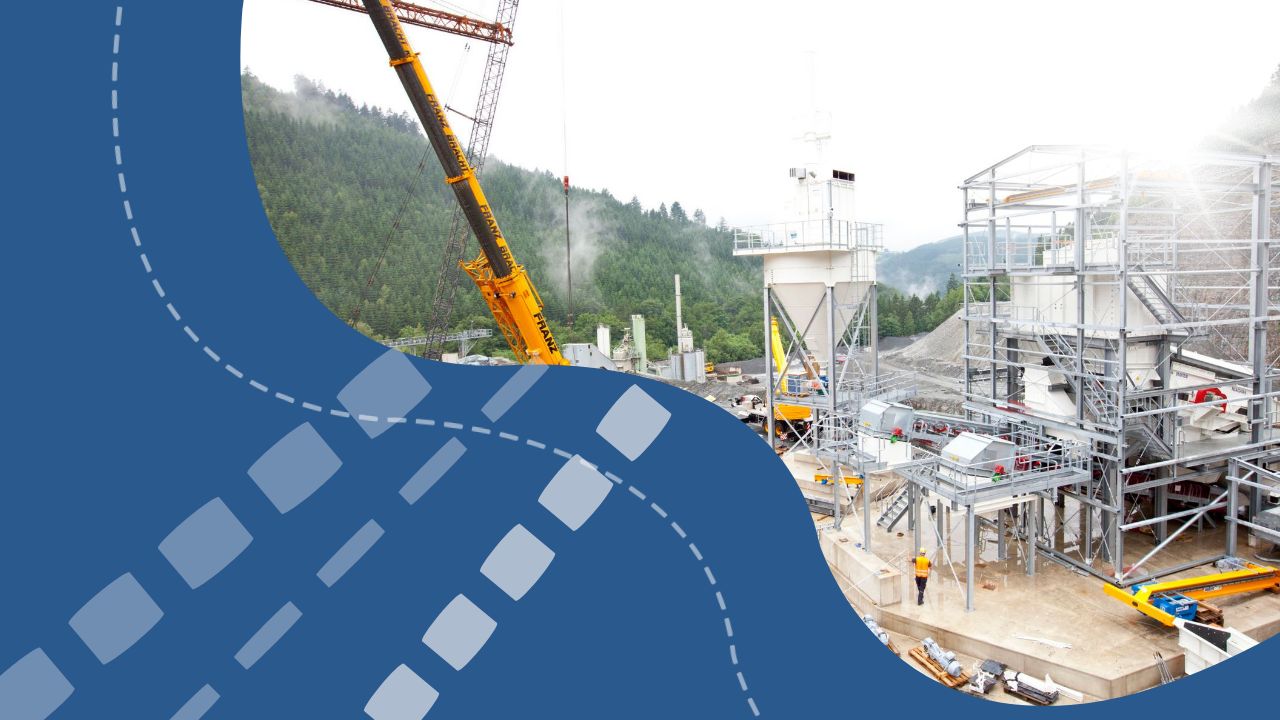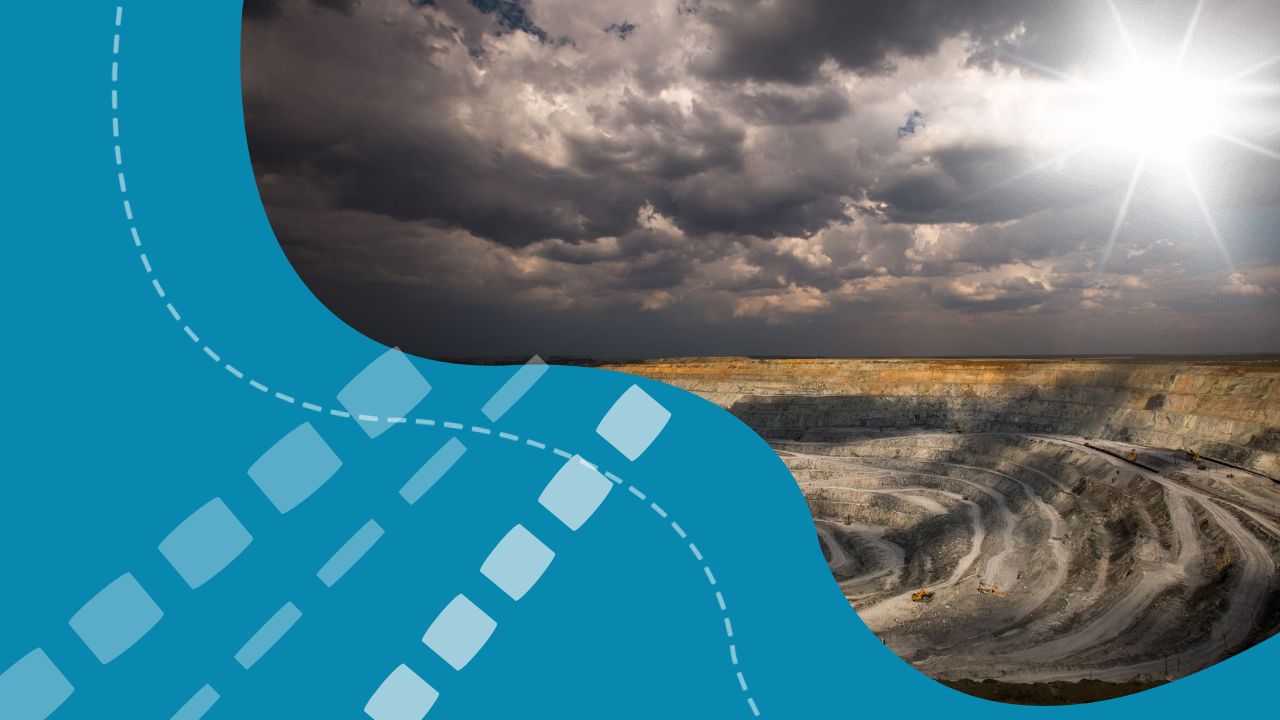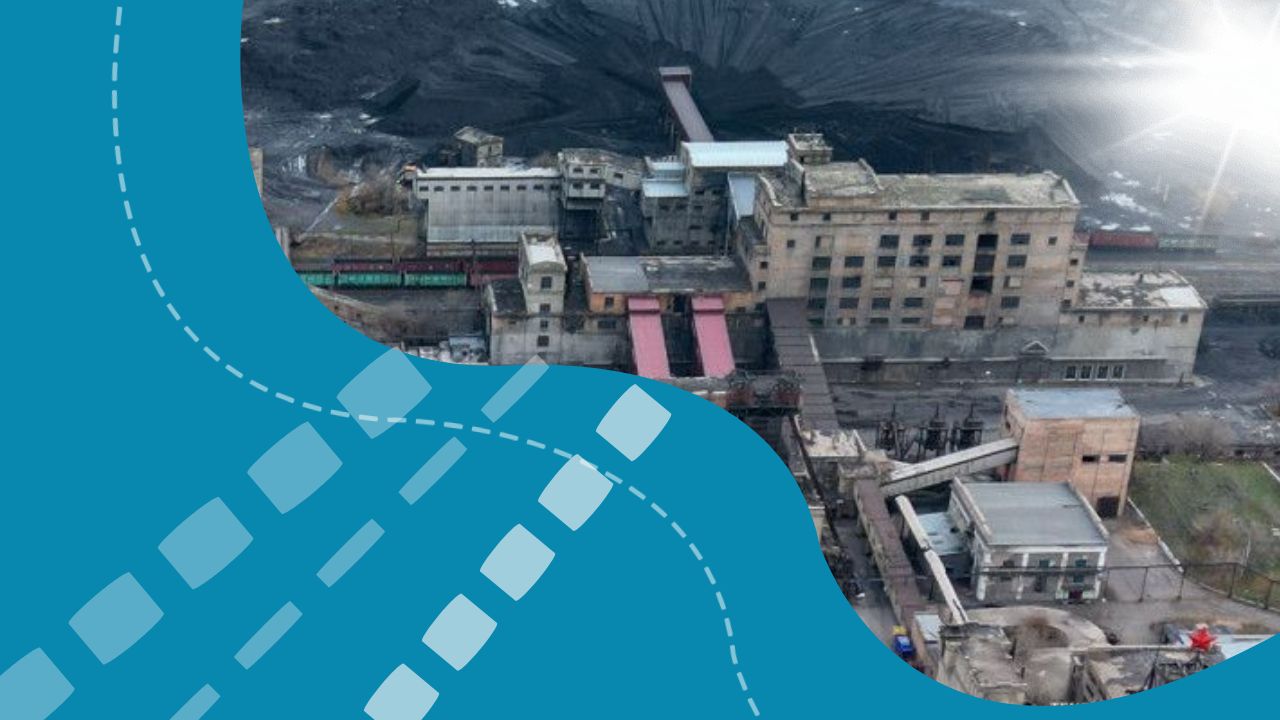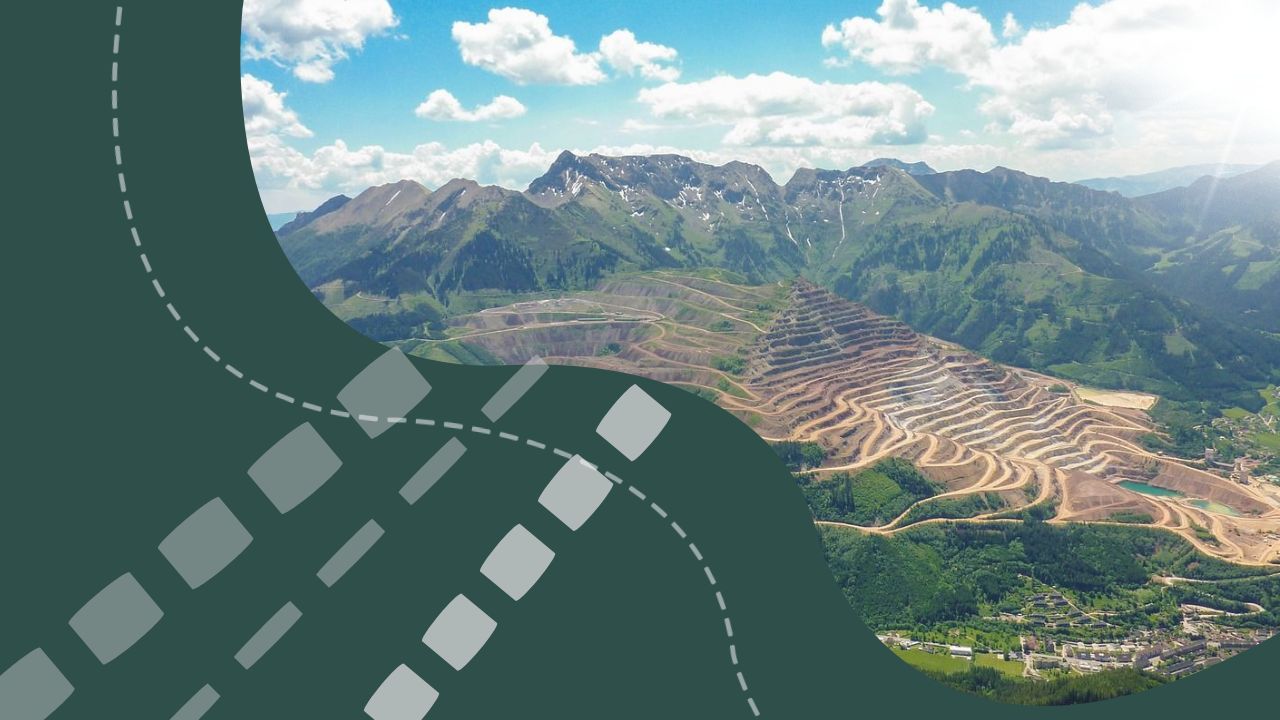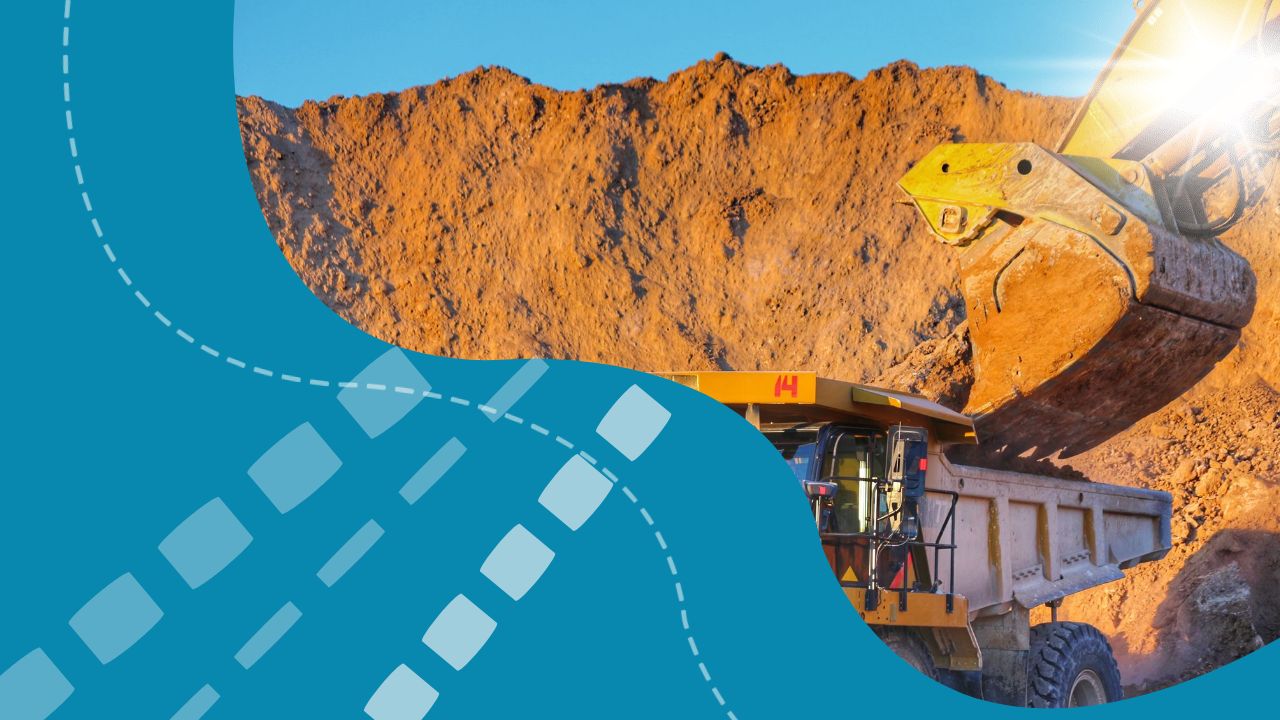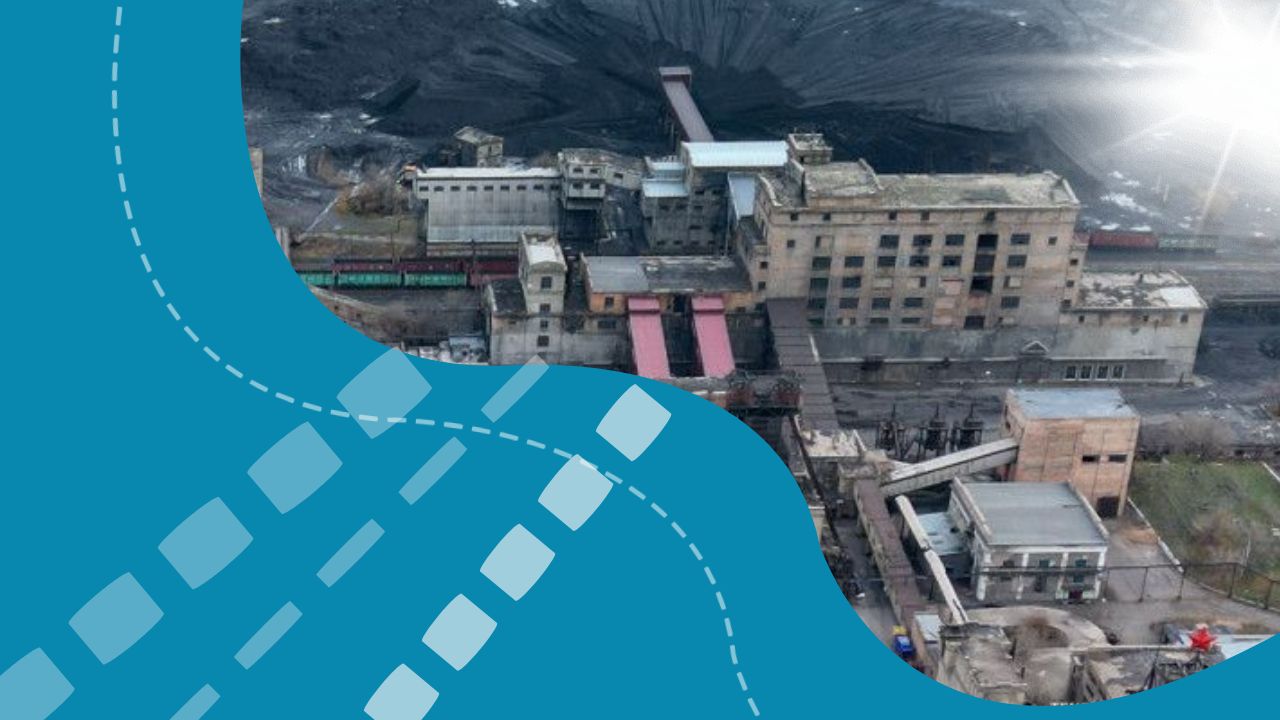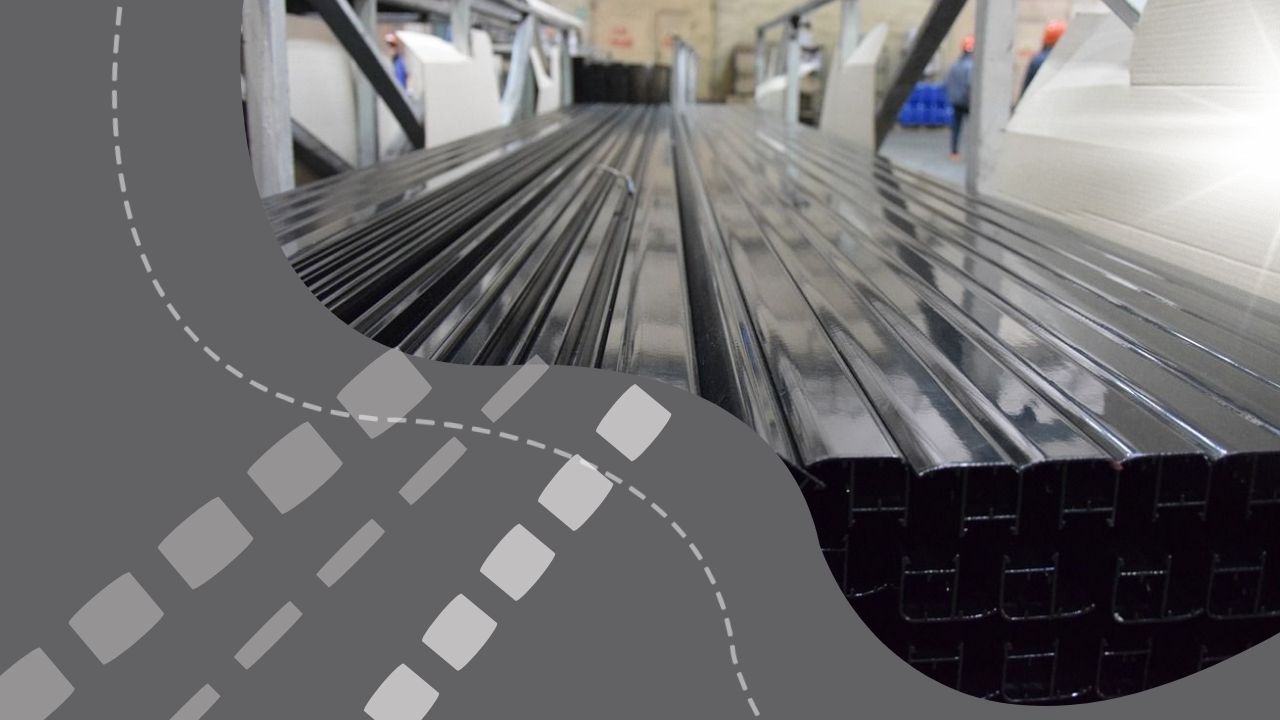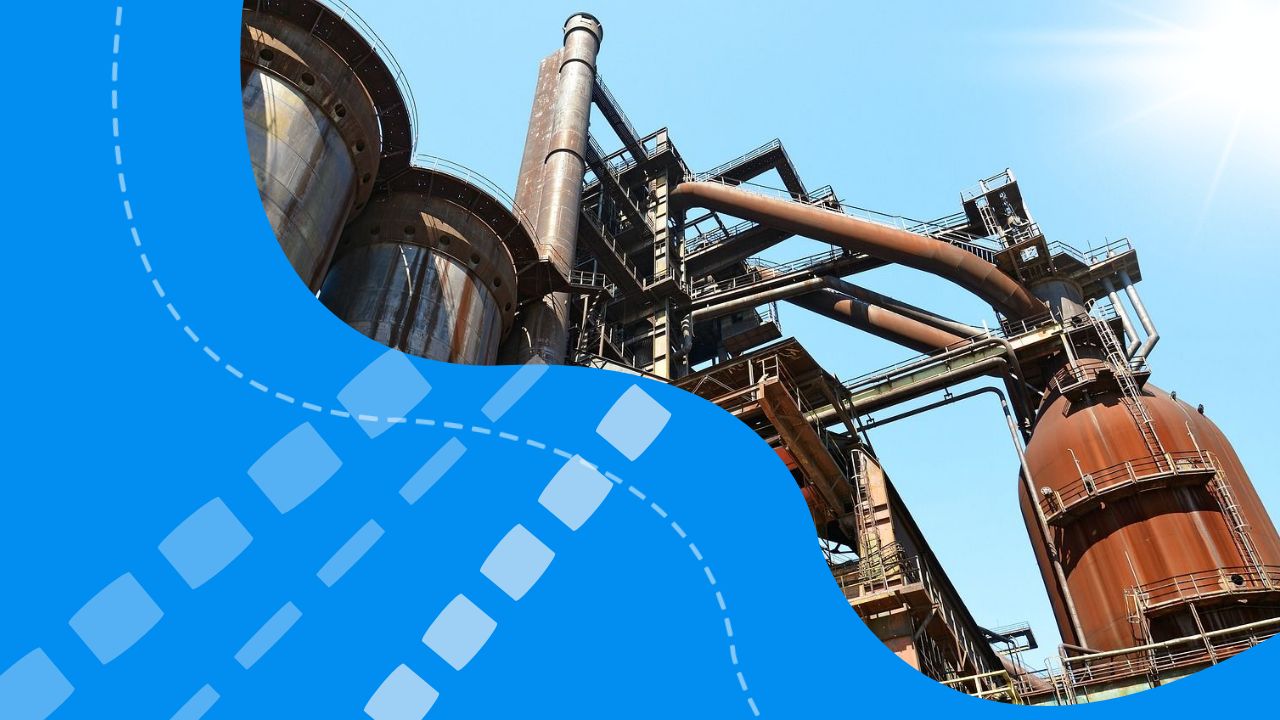Leading European steelmaker ArcelorMittal has expanded its range of low carbon steel products, responding to increasing demand for carbon-reduced steel in Europe
The company has started production of low carbon heavy steel plate up to 18 tonnes in weight, using slab from its Belgian asset and processing these at its heavy plate mill in Asturias, Spain.
Slab will be produced at the company’s electric-arc furnace-equipped Industeel mill in Charleroi, Belgium, using feedstock that is almost 100% scrap as well as electricity from 100% renewable sources. These slabs will be rolled into heavy plate at ArcelorMittal’s heavy plate mill in Gijon, Spain.
In Charleroi, ArcelorMittal has an EAF with capacity for 450,000 tonnes per year, according to Fastmarkets’ database. In Gijon, it has a 600,000-tpy heavy plate mill.
Carbon dioxide emissions from the production of heavy plate by that process would be about 60% lower than for steel plate made via the conventional blast-furnace steelmaking route, the company said.
“An [Environmental Product Declaration], verified by a third party, according to the EN 15804 European Standard, will be available by the end of the year for XCarb recycled and renewably produced heavy plate,” Denis Parein, ArcelorMittal’s commercial head, heavy plate, Europe, said.
XCarb is an ArcelorMittal registered trademark.
ArcelorMittal Europe has a target to reduce CO2 emissions by 35% by 2030, and to reach carbon neutrality by 2050.
It did not comment on what premium could be charged for such steel, when contacted by Fastmarkets. Buyer sources, however, said that premiums for such material could be around €100-150 ($112-169) per tonne.
A 60% CO2 reduction for €150 per tonne sounded reasonable in the current market, a source in Northern Europe said.
Heavy plate with such specifications, weighing as much as 18 tonnes, is typically used in major infrastructure projects, such as in the welded sections and box girders for road and rail bridges.
Using low-CO2 plate would therefore allow buyers to reduce their own Scope 3 emissions, Fastmarkets understands.
Indeed, suppliers and buyers have tended recently to build “green value chains” to reduce their Scope 3 emissions.
“For example, if a steelmaker sells steel to an automotive company for e-vehicle manufacturing, the steelmaker’s Scope 3 emissions will be much lower than if, say, it sold the steel to a diesel car producer,” a source told Fastmarkets.
“The decarbonization drive stimulates us to buy and to sell responsibly,” a raw materials supplier said.
However, industry sources said that demand for green steel was still exploratory. Most buyers tended to book small test batches, while small distributors and steel service centers claimed that they could not afford to pay large premiums, given that demand from end-users was still sporadic.
Market sources expected demand for green steel in the European spot market to rise exponentially, driven by industry regulations, such as the phasing-out of free allocations to industries under the EU’s Emissions Trading System. This will start with a 2.50% cut in 2026. By 2030, the free allocations will be almost halved (down by 48.50%) before being eliminated in 2034.

